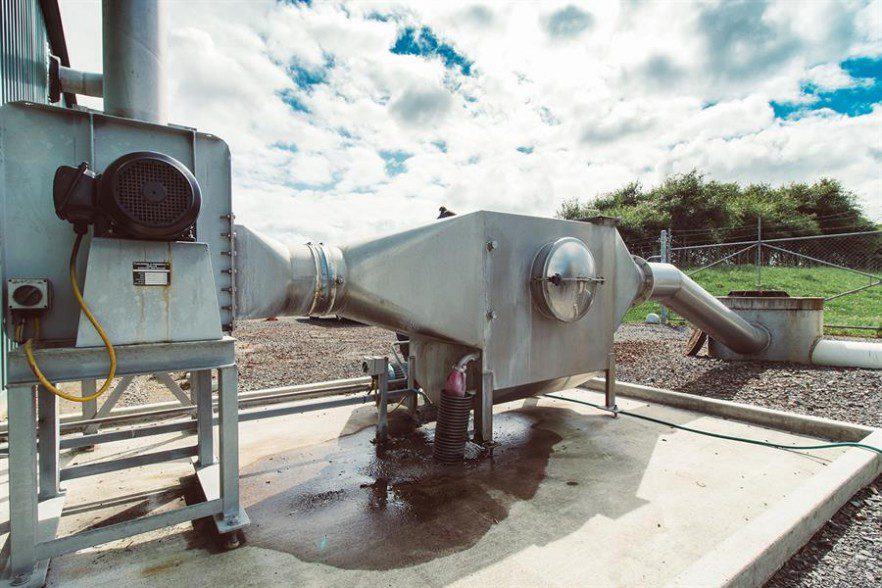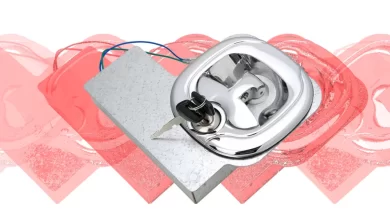How to Build Water Well in Africa?

Introduction
- The dire need for easy water in Africa is a pressing problem, affecting millions of lives throughout the continent. Water wells serve as a beacon of desire, offering a sustainable approach to this task. By accessing herbal underground aquifers, these wells offer groups with crucial, clean ingesting water, dramatically reducing the prevalence of waterborne diseases and enhancing basic health. Furthermore, the availability of local water resources appreciably cuts down the time spent through individuals, frequently girls and children, on fetching water from distant places. This newfound time can be redirected toward schooling and earnings-producing sports, fostering economic improvement and empowerment inside groups. The set up of Water Well in Africa thus plays a pivotal function in now not best addressing the on the spot need for clean water but also in laying the foundation for long-term societal boom and resilience in African international locations.
How Much Does a Well Cost?
The value of building a water nicely in Africa can range broadly relying on factors which includes the place, intensity of the water desk, geological situations, and the unique generation used. On average, a primary hand-dug nicely may cost everywhere from $1,000 to $five,000 to assemble, even as more sophisticated drilled wells ought to range from $5,000 to $15,000 or more. These fees may consist of prices for substances, exertions, equipment, transportation, and any vital lets in or fees. Additionally, ongoing upkeep and sustainability considerations have to be factored in to ensure the lengthy-term viability of the water source. Various corporations and initiatives work to provide less expensive and sustainable water get admission to in African groups, regularly leveraging modern technologies and community involvement to reduce expenses and growth effect.
Building Water Wells in Africa
Building water well in Africa is crucial. It addresses a basic need for smooth, available water in many communities there. The wells provide a reliable supply of water. The water is for consuming, cooking, sanitation, farming, and other important uses. The system of building water wells entails several steps:
- Assessment and Planning: This step entails assessing the water desires of the community, comparing capability sites for properly creation, and planning the sort of well and era to be used based on elements including groundwater availability, geological situations, and network preferences.
- Community Engagement: Engaging with the area people is essential to ensure their needs and preferences are considered at some point of the system. Community involvement can also promote ownership and sustainability of the water challenge.
- Design and Engineering: Once the web page is chosen and network enter is collected, engineers design the nicely and pick out appropriate construction methods and substances. Factors which includes properly intensity, casing fabric, and pumping mechanisms are determined in the course of this section.
- Construction: The real production of the water nicely begins, that could range relying on the selected technique. Common strategies consist of hand-digging, manual drilling, or mechanical drilling the use of specialised gadget. Construction crews paintings to excavate the nicely shaft, installation casing to save you disintegrate, and broaden the properly to ensure adequate water float.
- Testing and Quality Assurance: After production is whole, the well is examined to ensure water excellent and quantity meet established requirements. This may additionally involve water nice trying out for contaminants and go with the flow rate measurements to evaluate the nicely’s performance.
- Training and Maintenance: Training nearby community contributors in properly protection and operation is critical for the lengthy-time period sustainability of the water deliver. Proper upkeep practices assist save you breakdowns and make certain the properly keeps to offer smooth water for future years.
- Monitoring and Evaluation: Ongoing monitoring and evaluation of the well’s performance are critical to discover any troubles and make important modifications. Regular renovation and periodic tests help make sure the continuing functionality and effectiveness of the water supply gadget.
Building African Well calls for collaboration amongst numerous stakeholders, along with governments, NGOs, nearby groups, and donors. By offering get right of entry to to easy and secure water, those projects no longer simplest enhance health and properly-being however additionally make a contribution to monetary improvement and poverty comfort inside the region.
Digging Water Well in Africa
Digging water well in Africa is a crucial endeavor, supplying communities get admission to to smooth, secure water for ingesting, sanitation, and agriculture. The technique entails careful evaluation, community engagement, and the engineering layout to make sure sustainability. Construction techniques range from hand-digging to mechanical drilling, with an emphasis on neighborhood understanding and resources. Quality testing and education in maintenance are important to uphold standards and empower communities. Collaboration among panelist, which includes governments, NGOs, and nearby residents, is critical for achievement. By providing trusty water sources, those projects improve health, foster financial growth, and enhance basic properly-being in Starving African Children.
Benefits of Water Wells
Water wells provide severa benefits which can be vital for the fitness, improvement, and sustainability of communities, mainly in areas grappling with water shortage. Here are a few key advantages:
- Access to Clean Water: Water wells provide a dependable supply of smooth water, that is essential for drinking, cooking, and hygiene. This get right of entry to is important in stopping waterborne diseases and promoting usual health.
- Reduced Disease Incidence: By supplying clean water, wells extensively decrease the hazard of sicknesses along with cholera, dysentery, and typhoid, which can be regularly unfold thru contaminated water sources.
- Time and Effort Savings: Collecting water from remote resources can devour sizeable time and effort, in particular for ladies and kids. Wells located within communities shop hours every day, permitting more time for education, paintings, and family.
- Economic Benefits: Access to water boosts agricultural sports by way of allowing irrigation, which in flip increases food production and income opportunities. It additionally supports other monetary activities which includes cattle maintaining and small-scale businesses.
- Educational Opportunities: With more time to be had because of decreased distances for water collection, youngsters, especially women, are much more likely to attend college. Education opens doors to improved livelihoods and breaks cycles of poverty.
- Empowerment of Women and Girls: Since water series is historically the responsibility of women and girls, having a well close by frees them from this burden, empowering them to pursue private development and contribute extra notably to their groups.
- Sustainability and Environmental Protection: Groundwater tapped by wells is regularly extra sustainable and much less prone to drying up than floor water assets. Additionally, well water calls for less remedy, lowering environmental stress from chemical use.
- Community Development and Unity: The manner of installing and maintaining a well fosters network cooperation and improvement. Communities come collectively for a common purpose, constructing team spirit and a sense of ownership over local resources.
In precis, water wells aren’t just bodily systems but catalysts for complete community development, underpinning efforts in fitness, education, financial balance, and environmental sustainability.
Well Construction Process
The properly creation technique involves several key steps to ensure safe and green drilling. First, web page practise is vital, together with clearing the region and putting in system. Next, drilling commences, commonly the use of a drilling rig to bore into the floor. During drilling, casing is inserted to save you the wellbore from collapsing and to isolate formations. Once the preferred depth is reached, cement is pumped into the casing to steady it in area and guard the wellbore. After cementing, the well is finished by means of putting in manufacturing system which includes tubing and pumps. Finally, testing and inspection ensure the integrity and capability of the nicely earlier than it’s miles placed into operation. Each step calls for precision and adherence to protection protocols to make sure a success well production.
Conclusion
Building water well in Africa are an essential endeavor to offer groups to get entry to to easy and secure ingesting water. The process generally starts with web page choice, thinking about factors like geological conditions and proximity to population facilities. Next, drilling system is mobilized, and the drilling system starts, regularly the usage of techniques appropriate for the particular terrain. Casing is set up to prevent the properly from collapsing and to guard the water source of infection. Once the favored depth is reached, the well is developed to clear any debris and improve water float. Finally, the nicely is geared up with a pump or other extraction mechanism and tested to make certain water excellent and reliability. Community involvement and ongoing preservation are crucial for sustainable water access.





